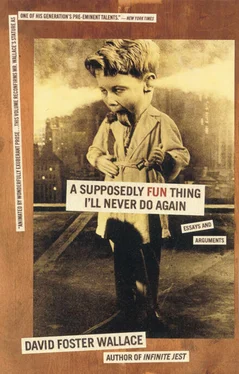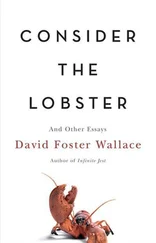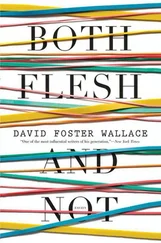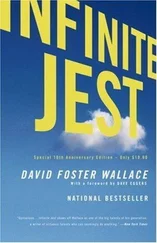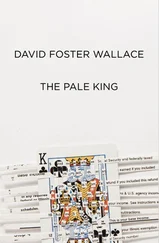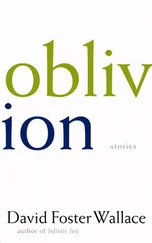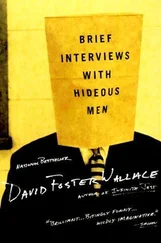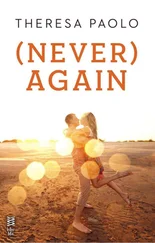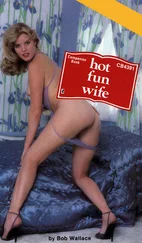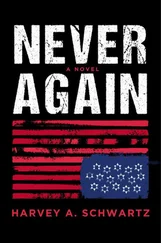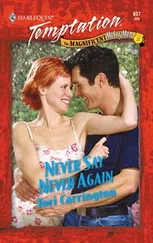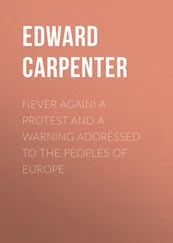Playing two professional singles matches on the same day is unheard of, except in Qualies. 43Michael Joyce’s second qualifying round is at 7:30 Saturday night. He’s playing an Austrian named Julian Knowle, a tall and cadaverous guy with pointy Kafkan ears. Knowle uses two hands off both sides 44and throws his racquet when he’s mad. The match takes place on Stade Jarry’s Grandstand Court, which seems more like a theater than an arena because it has seats and bleachers only on the east side. But the Grandstand’s also more intimate: the box seats start just a few yards from the court surface, and you’re close enough to see a wen on Joyce’s cheek or the abacus of sweat on Herr Knowle’s forehead. It’s not as hot here at night, but it’s humid, and the high-power lights all have those curious rainbow globes of diffraction around them, plus orbiting bugs. The Grandstand can hold maybe 1500 people, and tonight there are exactly four human beings in the audience as Michael Joyce basically beats the everliving shit out of Julian Knowle, who will be at the Montreal airport tonight at 1:30 to board the red-eye for a kind of minor-league clay tournament in Poznan, Poland.
During this afternoon’s match Joyce wore a white Fila shirt with two different-colored sleeves. Onto his sleeve was sewn a patch that says POWERBAR; Joyce is paid $1000 each time he wears this patch in play. Plus, this afternoon, a hat — in the afternoon sun, pretty much all the players in the Qualies wear hats. For tonight’s match Joyce wears a pinstripe Jim Courier-model Fila shirt with one red sleeve and one blue sleeve. The patch is on the blue sleeve. He has a red bandanna around his head, and as he begins to perspire in the humidity his face turns the same color as the bandanna. It is hard not to find this endearing. Julian Knowle has an abstract pastel shirt whose brand is unrecognizable. He has very tall hair, Knowle does, that towers over his head at near-Beavis altitude and doesn’t diminish or lose its gelled integrity as he perspires. 45Knowle’s shirt, too, has sleeves of different colors. This seems to be the fashion constant this year among the qualifiers: sleeve-color asymmetry.
The Joyce-Knowle match takes slightly more than an hour. This is including delays caused when Knowle throws his racquet and has to go retrieve it or when he walks around in aimless circles muttering blackly to himself in some High-German dialect. Knowle’s tantrums seem a little contrived and insincere to me, though, because he rarely loses a point as a result of doing anything particularly wrong. Here’s a typical point in this match: it’s 1–4 and 15–30 in the sixth game. Knowle hits a 110-mph slice serve to Joyce’s forehand; Joyce hits a very flat and penetrating drive crosscourt, so that Knowle has to stretch and hit his forehand on the run, something that’s not particularly easy to do with a two-handed forehand. Knowle gets to the forehand and hits a thoroughly respectable shot, loopy with topspin and landing maybe only a little bit short, a few feet behind the service line, whereupon he reverses direction and starts scrambling back to get in the middle of the baseline to get ready for his next shot. Joyce, as is SOP, has moved in on the slightly short ball and takes the ball on the rise just after it’s bounced, driving a backhand even flatter and harder into the exact same place he hit his last shot, the spot Knowle is scrambling away from. Knowle is now forced to reverse direction and get back to where he was. 46This he does, and he gets his racquet on the ball, but only barely, and sends back a weak little USDA Prime loblet that Joyce, now in the actual vicinity of the net, has little trouble blocking into the open court for a winner. The four people clap, Knowle’s racquet goes spinning into the blood-colored tarp, and Joyce walks expressionlessly back to the deuce court to receive again whenever Knowle gets around to serving. Knowle has slightly more firepower than the first round’s Brakus: his groundstrokes are formidable, probably even lethal if he has sufficient time to get to the ball and get set up. Joyce simply denies him that time. Joyce will later admit that he wasn’t working all that hard in this match, and he doesn’t need to. He hits few spectacular winners, but he also makes very few unforced errors, and his shots are designed to make the somewhat clumsy Knowle move a lot and to deny him the time and the peace ever to set up his game. This strategy is one that Knowle cannot solve or interdict: he hasn’t got the tools for it. This may be one reason why Joyce is unaffronted by having to play the Qualies for Montreal: barring some kind of injury or neurological dysfunction, he’s not going to lose to somebody like Austria’s Julian Knowle — Joyce is simply on a different plateau from the mass of these Qualie players.
The idea that there can be wholly distinct levels to competitive tennis — levels so distinct that what’s being played is in essence a whole different game — might seem to you weird and hyperbolic. I have played probably just enough tennis to understand that it’s true. I have played against men who were on a whole different, higher plateau than I, and I have understood on the deepest and most humbling level the impossibility of beating them, of “solving their game.” Knowle is technically entitled to be called a professional, but he is playing a fundamentally different grade of tennis from Michael Joyce’s, one constrained by limitations Joyce does not have. I feel like I could get on a tennis court with Julian Knowle. He would beat me, perhaps badly, but I don’t feel like it would be absurd for me to occupy the same 78 × 27–foot rectangle as he. But the idea of me playing Joyce — or even hitting around with him, which was one of the ideas I was entertaining on the flight to Montreal, to hit around with a hot young U.S. pro — is now revealed to me to be absurd and in a certain way obscene, and during this night match I resolve not even to let Joyce 47know that I used to play competitive tennis, to play seriously and (I’d presumed) rather well. This makes me sad.
Sunday, the second day of the Qualies, is mostly a rainout. It rains off and on all day. The umpire, courtside in his tall chair, decides when the rain’s falling hard enough to suspend play. A second-round match between the world’s 219th- and 345th-ranked players gets suspended four different times and takes most of the day to complete. What happens when it rains is reminiscent of baseball. The players are hustled off back to the Players’ Tent but can’t leave because it could stop raining any minute; they have to just sit there, match-ready. The spectators (there are slightly more on the second day) stay where they are, but little fungal domes of umbrella start appearing all over the stands. The local Quebec reporters up in the Press Box curse in French and bring out newspapers or hand-held video games or begin telling one another long sexual-adventure stories that my French is just good enough to establish as tiresome.
When it stops raining and stays stopped long enough for the umpire to give the old raised thumb, there’s suddenly a flurry of custodial activity down on the Stadium Court, a Chinese fire drill of ballboys and linesmen turned groundskeepers. Strange and expensive-looking machinery appears from nowhere and is brought to bear: huge riding-mowerish forced-air machines go over the court, bludgeoning the pooled rainwater and spreading it out; then a platoon of squeegees goes over every cm of the surface; then portable blowers — rather like leaf-blowers, with an over-the-shoulder strap and a wand attachment — are applied to the persistent individual wet spots that always beset a drying court.
This article is about Michael Joyce and the untelevised realities of the Tour, not me. But since a big part of my experience of the Canadian Open and its players was one of sadness, it might be worthwhile to spend a little time letting you know where I’m coming from w/r/t these players. As a young person I played competitive tennis, traveling to tournaments all over the Midwest. Most of my best friends were also tennis players, and on a regional level we were fairly successful, and we thought of ourselves as extremely good players. Tennis and our proficiency at it were tremendously important to us — a serious junior gives up a lot of his time and freedom to develop his game, 48and it can very easily come to constitute a big part of his identity and self-worth. The other fourteen-year-old Midwest hotshots and I knew that our fishpond was somehow limited; we knew that there was a national level of play and that there existed hotshots and champions at that level. But levels and plateaux beyond our own seemed abstract, somehow unreal — those of us who were the hotshots in our region literally could not imagine players our own age who were substantially better than we.
Читать дальше
